What you need to know about common wild berries
A hike through the woods on a hot summer day may include snatching some wild berries along the trail for a tasty treat.
It’s best to know just what you are grasping and just where some of the more popular berries can be found.
Jon Beam is the assistant director of the Montour Area Recreation Commission in Danville. Chris Firestone is the Wild Plant Program Manager for the PA Department of Conservation and Natural Resources
Bureau of Forestry in the Tioga State Forest.
These plant experts gave some insight on the most popular edible wild berries in the area as well as the berries to avoid.

Mulberries 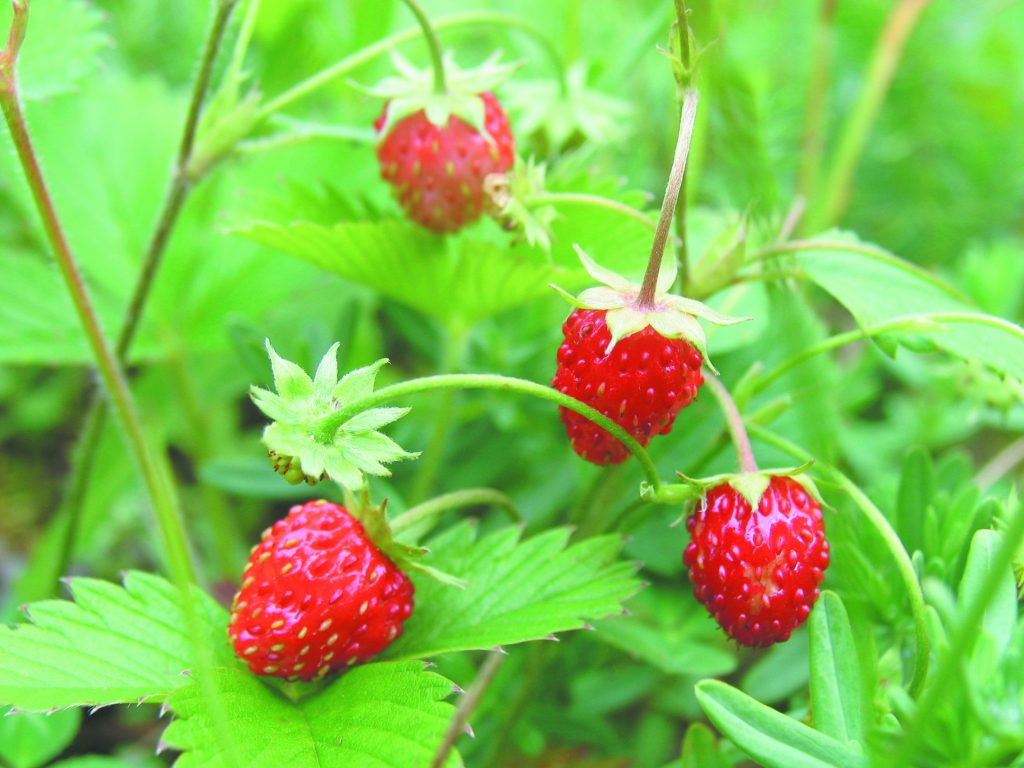
Wild Strawberry 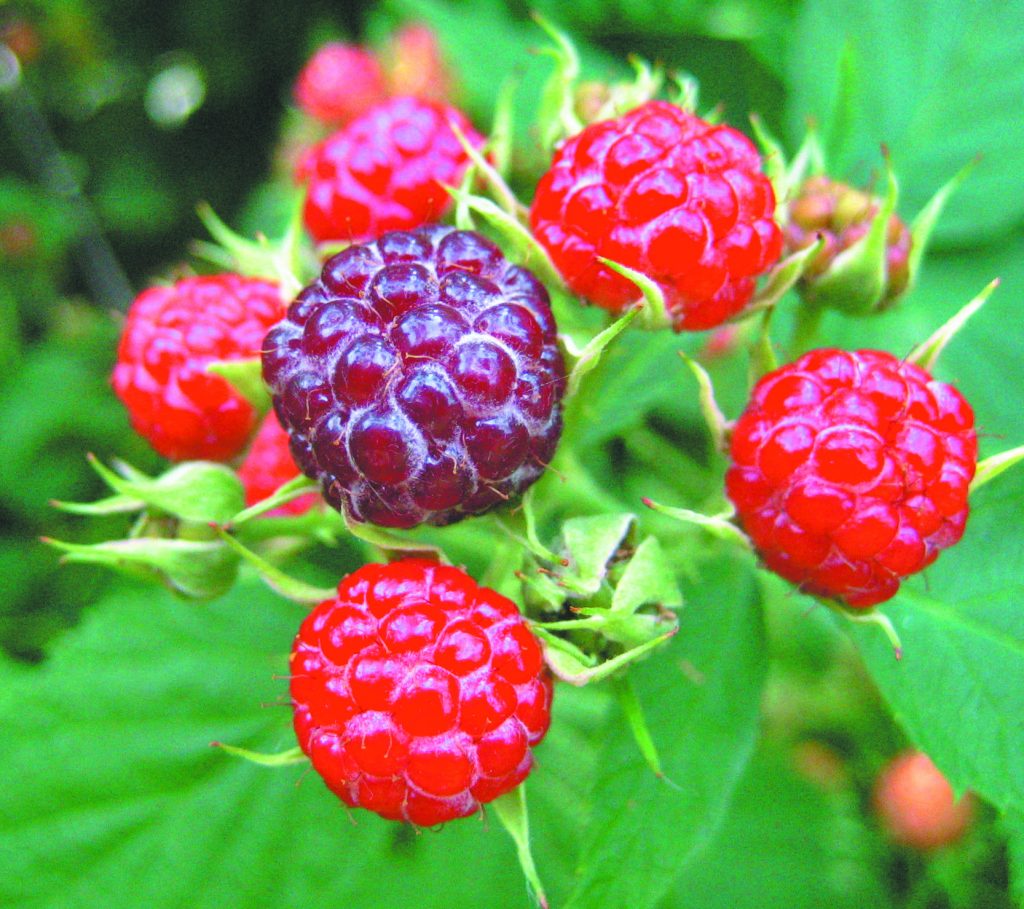
Wild Raspberry 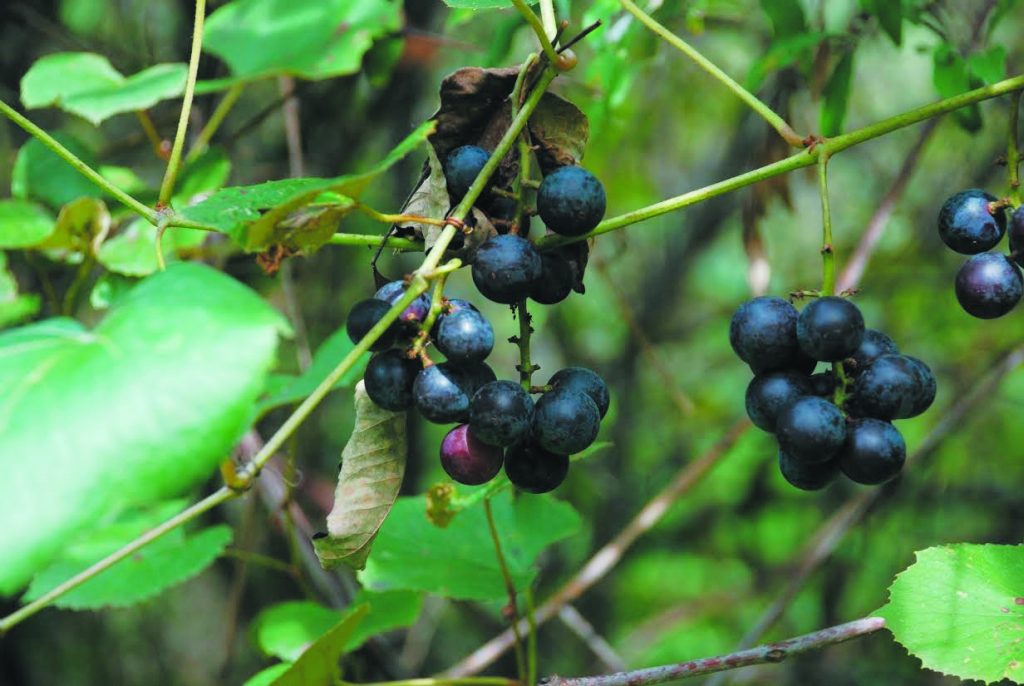
Wild Grapes 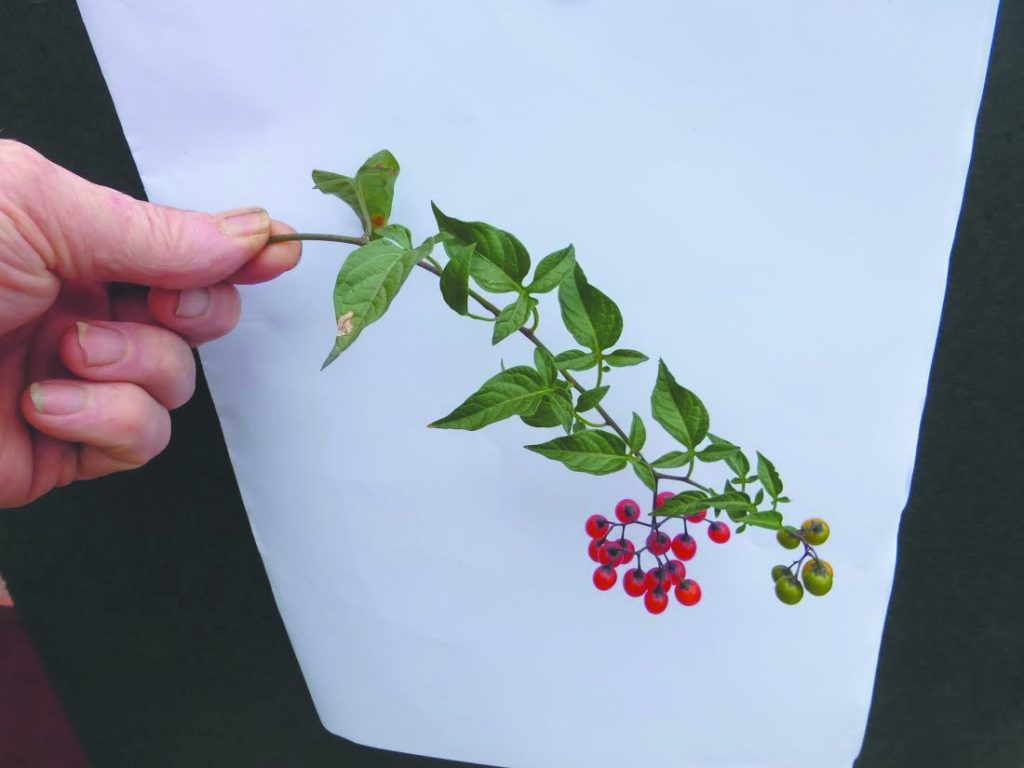
Nightshade 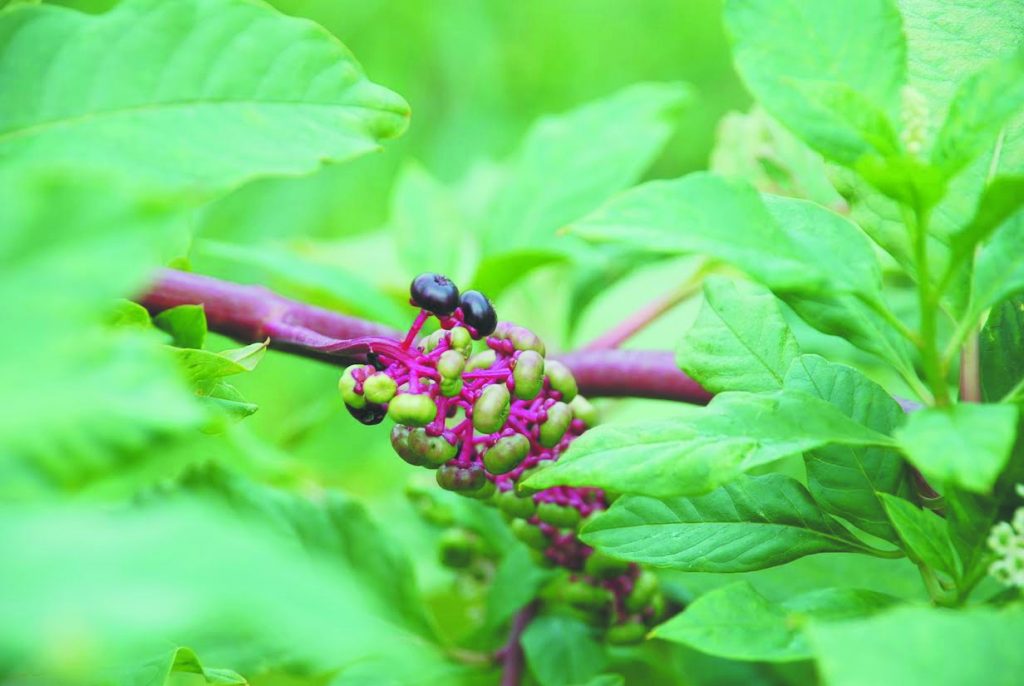
Pokeberries 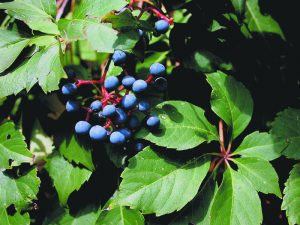
Virginia Creeper 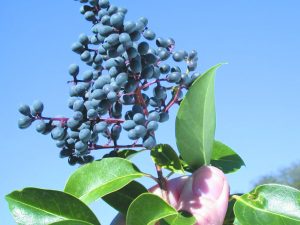
Privet 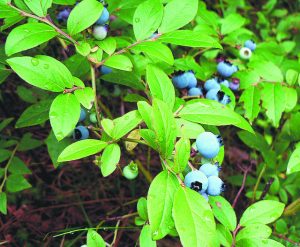
Wild Blueberry 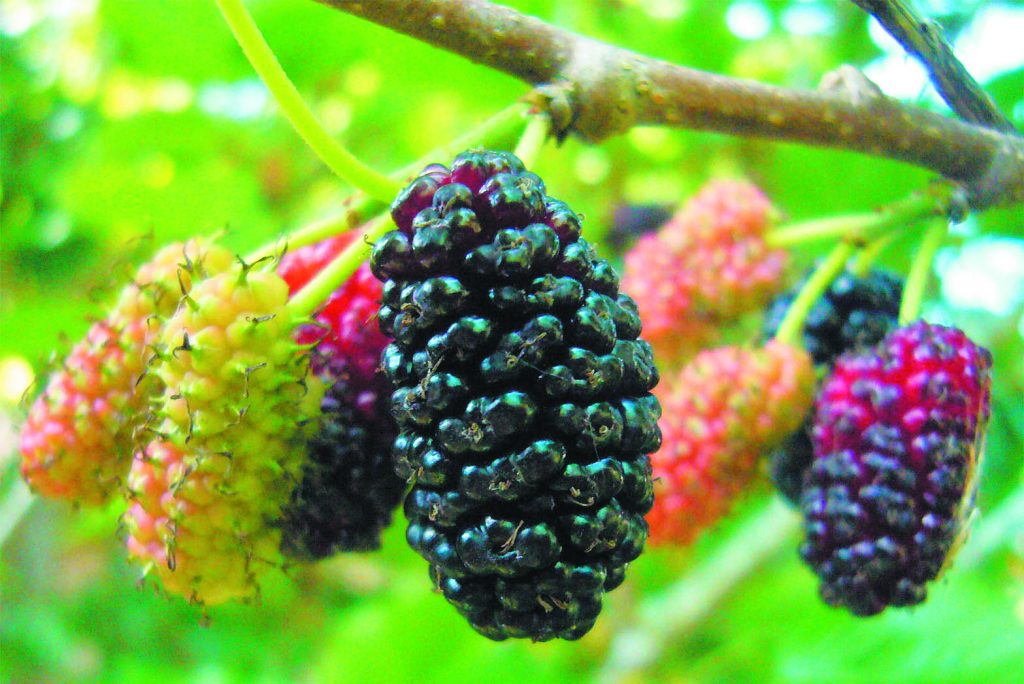
Mulberries 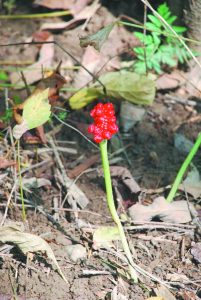
Jack In The Pulpit 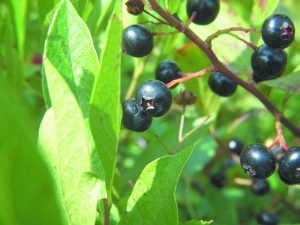
Huckleberry 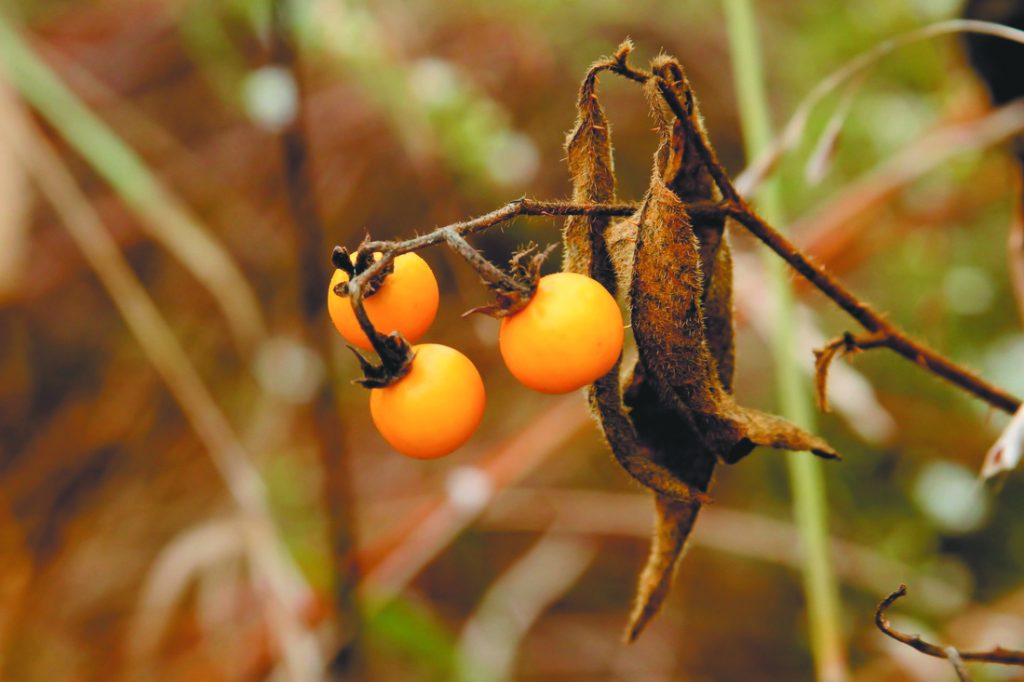
Hornsnettle 
English Yew 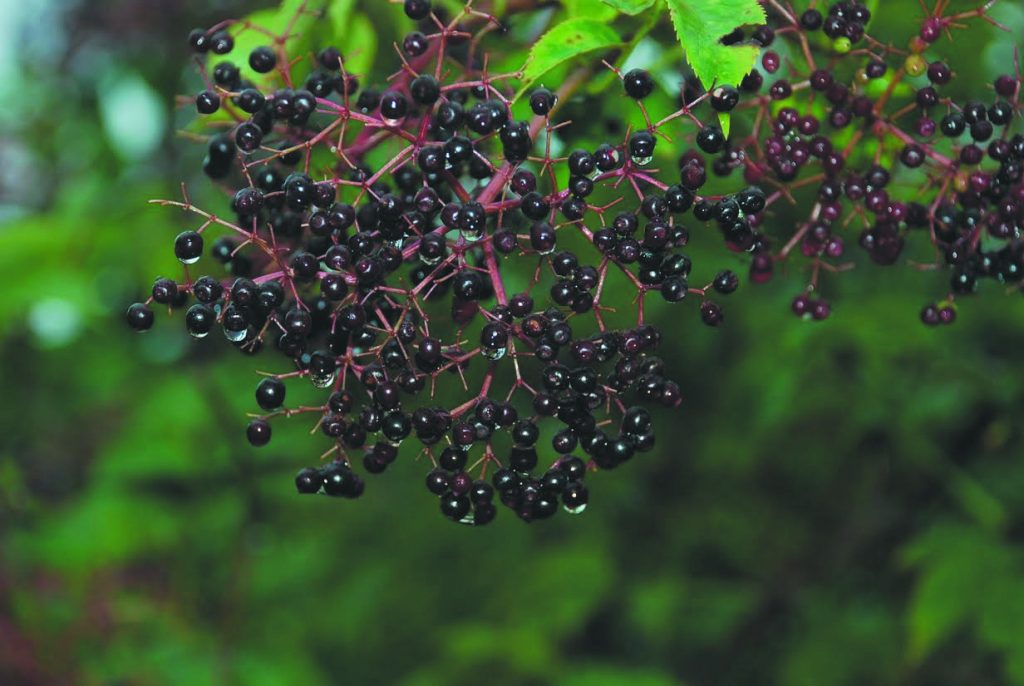
Elderberries 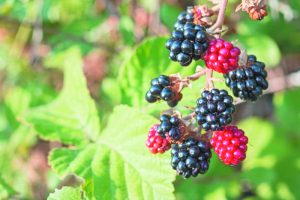
Blackberries 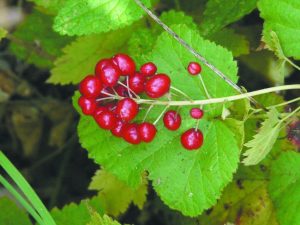
Baneberry
Strawberries
The sweet red berries available in markets in May and June are also found in the wild. In fact they are known as either wild strawberries or its sister berry, the wood strawberry.
“The leaves are divided into three parts, each coarsely toothed on both strawberries. Wild strawberry is more common, found along roadsides, fields and other open places. Wood strawberry, as the name implies, is found rocky woods,” said Beam. “The stalks of Wild strawberry that bear flowers and fruit do not rise higher than the leaves. Its red fruits are ovoid and seeds are embedded in small pits. Wood strawberry fruit is conical with seeds on the surface.”
Firestone noted the plant name is Fragaria virginiana. The flowery part of the plant has as many as five white petals and a yellowish-green to pale yellow center.
Raspberries and blackberries
The dark-but-sweet bumpy berries are common on bushes and thorny brambles throughout the wooded areas across Pennsylvania.
These berries are part of the rose family, just like the strawberry. Beam noted the most common form is the red raspberry or the Rubus strigosus. Like strawberries, the red raspberry has five white petals. They are common late June into July. The interior of the berry separates from its stalk and develops a hollow center.
“Raspberries often grow in dense patches providing both food and cover for birds and mammals,” Beam said. Besides making tasty jellies and pie filling, the leaves from the red raspberries are used for making tea.
Black raspberries and the (Rubus occidentalis) common blackberry (Rubus allegheniensis) are the second and third more common forms of this family, Firestone said.
“Blackberries and raspberries are an aggregate fruit, a cluster or group of small fleshy fruits originating from a number of separate pistils in a single flower,” Firestone said.
Blueberries
The blueberry is part of what is known as the health family, Firestone said.
There are several species of blueberries that grow on high or low shrubs that reach or “on dense creepers along the ground reaching up to two feet high,” Beam said.
Blueberries love muddy earth, according to Beam.
“They prefer acidic soils typically either in bogs or barrens. Highbush varieties grow on woody-stemmed, rounded shrubs six to 20 feet tall,” he said. “Lowbush varieties grow on dense creepers along the ground reaching up to two feet high.”
Blueberries have pink flowers before they bloom into luscious juicy fruit during the summer months, typically in true picking form between late June and August.
Elderberry
A dark berry that droops from shrubs is an appealing fruit to the eye but not necessarily a favorite of the taste buds.
The elderberry is part of the honeysuckle family and creates an umbrella-like flower before sprouting into its edible form.
“Although the berries are considered mildly unpleasant tasting by some people, when properly prepared they can be used for jams, jellies and wine and have a long history of medicinal use,” said Beam. “Consuming too many of the ripe berries has made some people sick.”
They enjoy lots of sunshine and moist earth. If people don’t enjoy them, Beam said, some wild birds find them as a delicacy.
Wild grapes
A berry that grows in part of Pennsylvania is actually a grape. Beam listed the wild grape or the Vitis as among the top common berries in the area.
The vines of these particular grapes climb trees and produce greenish yellow leaves in the summer months. By early fall, the fruit produced is either dark purple or black.
“Large, maple-like leaves make grapes easy to distinguish from other vines. Grapes have one to six pear-shaped seeds,” said Beam. “Ripe fox grapes are sweet when ripe although other grape species tend to be more tart. Grapes grow in thickets and along forest edges.”
Like most other edible berries, wild grapes are a favorite among several birds and mammals who aid in dispersing the seeds.
The worst of the worst
While it’s nice to know more about the sweet temptations in the woods and along the roadside, it is also important to recognize what can cause more harm than good.
Beam and Firestone broke down some of the common poisonous berries in the state.
Pokeberries
Despite its name, it’s best not to poke at these tiny growths that can be commonly mistaken for blueberries or elderberries.
Pokeberries are the “most common toxic berry” in our area, Beam said.
Identification is the biggest issue, according to Firestone.
“Confusion for identification with elderberry is the color of the berry, both dark purple or black. The fruit is a berry, and the species is native to PA, but pops up in disturbed areas, gardens and edges,” he said. “ The birds love it. All parts of this plant are considered poisonous including berries.”
Beam said the leaves are typically large and red, different than that of the blueberry or elderberry.
Jack-in-the-pulpit
No person will benefit from trying these poisonous egg-shaped red berries.
“The green to brown, striped hood or spathe arches over the club-like spadix or flower head inside. Due to the oxalic acid in all members of this family, Jack-in-the-pulpit is not considered edible,” Beam said. “The berries will produce a peppery, burning of the mouth and throat that can lead to respiratory distress.”
Nightshades
Common nightshade (Solanum nigrum) and bittersweet nightshade (Solanum dulcamara) are part of the tomato family.
Don’t look for these poisonous berries because chances are you don’t want to be where they are growing.
Beam said the protruding yellow beaks grow into blackish berries and “grow in waste places and disturbed areas.”
The plant grows up to two feet tall with a weak vine and violet petals opened wide to reveal the yellow “beak.” These poisonous berries are only found in the far southeastern part of Pennsylvania.
Virginia creeper
Though they are deadly to humans, the Virginia creeper is good for birds in migration.
These berries are also dark purple in color when they ripen in the summer and grow from green flowers that blossom in the spring.
Their vines grow up trees and poles.
“Oxalic acid in the berries can cause kidney damage and death,” Beam said.
Baneberry, horsenettle, privet and English yew
Beam and Firestone listed some lesser known poisonous berries that should be identified.
Baneberries are tiny red berries in bunches with leaflets that look like poison ivy.
Horsenettle may be light green or ripen to an orange color berry and grow in disturbed soils and cultivated areas much like Nightshade, Firestone said.
Privet, Firestone said, is a white flower that grows into a berry that is non-native to the olive family.
English yew is a small red berry that grows on a conifer.
“English yew (Taxus baccata) is poisonous except for the red fruit called an aril. The internal seed, however, is poisonous,” said Firestone. “This species is common non-native in landscaping. There is a native species in PA (Taxus canadensis) but it is not common at all in Central Pennsylvania.”


